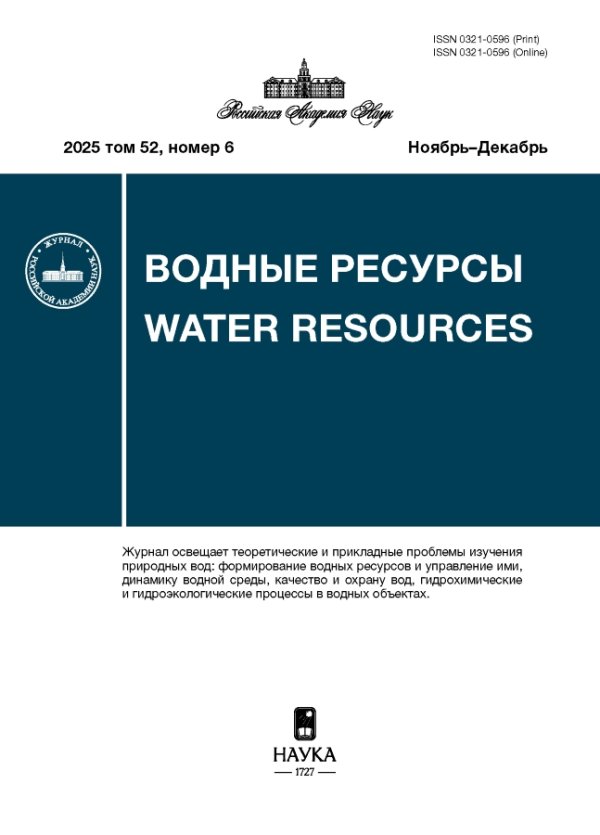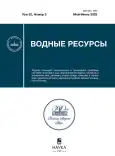The article presents the results of determining the volumes of biological accumulation of microelements (V, Pb, Cr, Co, Mo, Cu, Zn, Ni, Fe, Sr, Mn) in eight species and rare earth elements (REE) (La, Ce, Pr, Nd, Sm, Eu, Gd, Tb, Dy, Ho, Er, Tm, Yb, Lu) in two species of higher aquatic and coastal-aquatic plants of three overgrown bays of the dam part of the Ivan’kovo Reservoir - Novoselsky, Fedorovsky and Korovinsky. The floral composition of the plant communities of the bays has been studied, the, phytomasses of the dominant associations of overgrown areas, products and areas occupied by higher aquatic vegetation have been determined. A comparison of the data for 1977 with the data for 2005 showed that there was a significant increase in the total annual production due to the increase in the production of two ecological groups of macrophytes of the Ivan’kovo reservoir - air-water (gelophytes) and hydrophytes of free-floating and rooting with the change of species-edifiers and the increasing leading role of air-water (gelophyte) vegetation species in the formation of overgrowth zones. In the period from 1990 to 2005, the overgrowing process stabilized and the productivity of all ecological and biological vegetation groups remained at the same level. In total, 4657.8 kg of heavy metals accumulate in the dry biomass of macrophytes in Novoselsky, Fedorovsky and Korovinsky bays during the period of maximum development (July-August): 2.58 V, 1.98 Pb, 9.75 Cr, 0.78 Co, 0.82 Mo, 16.76 Cu, 45 Zn, 6.1 Ni, 1977 Fe, 171 Sr, 2426 kg Mn. The dry biomass of Glyceria maxima Holmb. and Potamogeton perfoliatus L. from three bays contains 0.33 kg of rare earth elements. The largest mass of heavy metals accumulates in the vegetation of the Korovinsky and Fedorovsky bays. In the Korovinsky Bay, where the proportion of submerged rooting species in the total phytomass is significantly increasing, the highest bioaccumulation values of heavy metals and rare earth elements have been obtained. The main accumulator species are the Stratiotes aloides L., Glyceria maxima Holmb., Potamogeton lucens L. It is shown that the process of overgrowing of bays, accompanied by a change in plant communities, an increasing area dominance and an increase in the annual production of airborne and aquatic species, contributes to the growth of biological accumulation of heavy metals.
 3-17
3-17


 18-34
18-34


 35-42
35-42


 43-56
43-56


 57-69
57-69


 70-84
70-84


 85-99
85-99


 100-111
100-111


 112-127
112-127


 128-144
128-144


 145-150
145-150


 151-160
151-160


 161-173
161-173


 174-191
174-191


 192-195
192-195












